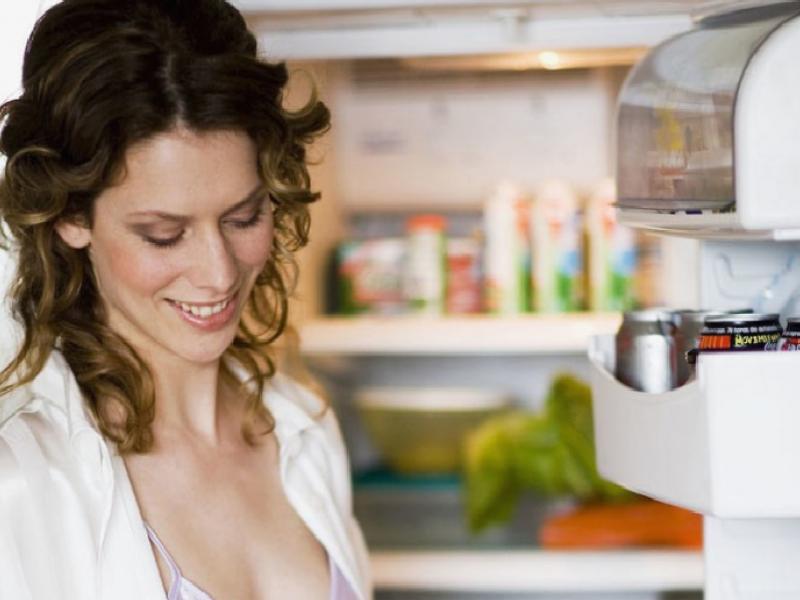
Although nutrition guidelines and offers differ from person to person, certain essential points are of common value to everyone. Dietician Nilhan Esim, a member of DoktorTakvimi.com, and Seniha Selen Acar, Nutrition and Dietetics Specialist, made suggestions about healthy eating in Ramadan that everyone should pay attention to.
While our daily diet can go up to 4-6 meals with middle meals under normal conditions, this falls to 2 main meals in Ramadan. Considering the small number of meals, especially in Ramadan, when wrong foods are consumed, metabolism slows down and weight gain is inevitable. Nutritionists Nilhan Esim and Seniha Selen Acar, in order to manage fasting and nutrition without slowing down the metabolism; shared valuable information about what, when and to what extent you should eat.
Definitely get up for sahur
Waking up for sahur is very precious. Foods such as milk, yoghurt, eggs, unsalted cheese, whole grains, fibrous fruits and vegetables, walnuts, almonds and hazelnuts can be consumed without reducing the energy during the day. Consuming curd cheese with low salt content, including raw vegetables with high water content such as cucumbers, and eggs, which is an example protein, will keep you fitter during the day. According to dietitian Nilhan Esim, as soon as the sahur meal is consumed, one should not go to sleep quickly, but stay awake for at least 30 minutes. Having a small middle meal 15 minutes before the call to prayer helps to keep the metabolism alive.
For a glass of milk
Experts on the measure of water to drink in sahur, listen to your body’s voice and advise you to adjust the correct measure that will not cause a feeling of bloating in the stomach. Consuming liquids in the middle of meals rather than during meals allows your digestive enzymes to work more effectively. Nutritionist Seniha Selen Acar draws attention to the fact that drinking 3 cups of plain tea or 1 cup of green tea, provided that it is unsweetened, affects the metabolism positively, especially for those who want to lose weight. In addition, if you normally drink milk and it doesn’t cause you any discomfort, 1 glass of milk you drink at sahur will greatly protect you from the dry mouth you will experience the next day.
Break your fast with water and eat dates on it
In order not to increase the load of the stomach that has been hungry for a long time, the fast can be broken with water and a few dates. Afterwards, foods that take up space in the stomach such as soup, yoghurt and salad are recommended. In the main meal, which is recommended to start 15-20 minutes after breaking the fast; It can be consumed with protein-rich meals such as red/white meat or legumes/vegetables with meat, along with plenty of salad, yoghurt or ayran. Those who wish can also eat a slice of Ramadan pita.
Consume gullaç or milk dessert once or twice a week
It is extremely beneficial for metabolism to divide the time between iftar and sahur into middle meals. In these middle meals, it is recommended to take foods that are beneficial for metabolism and have antioxidant effects, such as fruits, herbal teas, nuts, kefir. Of course, we should not forget the indispensable desserts of iftar tables. It is recommended to consume dessert and/or fruit 2 hours after iftar. While eating fruit, foods that increase blood sugar slowly such as milk / yogurt or walnuts / hazelnuts / almonds can be added. As for dessert… Experts recommend that milky desserts are preferred mostly during Ramadan. You can enjoy gullaç or other milky desserts 1-2 times a week, provided that you control the portion.

